
In this post, we discuss staying motivated executing your cycling training plan when you’re not training for an event. Also we give an update on our training and give a status report on how AI Endurance’s performance predictions are stacking up against reality.
Even with all races and group workouts cancelled for the foreseeable future due to Covid-19 there are plenty of reasons to keep training while respecting social distancing and other Covid related health regulations:
Races and group workouts will come back eventually. Take this time to ensure that when they do, you’re in a great position for optimal performance.
Get fit for getting fit’s sake. It feels great to hold a wattage comfortably that was pushing you into the red a few weeks ago. It feels great and is fun simply to go fast. Enjoy the process of getting fit by following a structured program.
Stay sane. Break out of the monotony of quarantine, home office etc and exercise to clear your head.
At AI Endurance, we’ve kept training after revisiting our goals. Here are some quick recaps my training partner Sean and I have been recording over the last few weeks:
I’ve still executed my personalized training plan exactly as prescribed by AI Endurance. I’m about 5 weeks into my 8 weeks training plan to be in peak shape for Paris to Ancaster 2020 that is now cancelled.
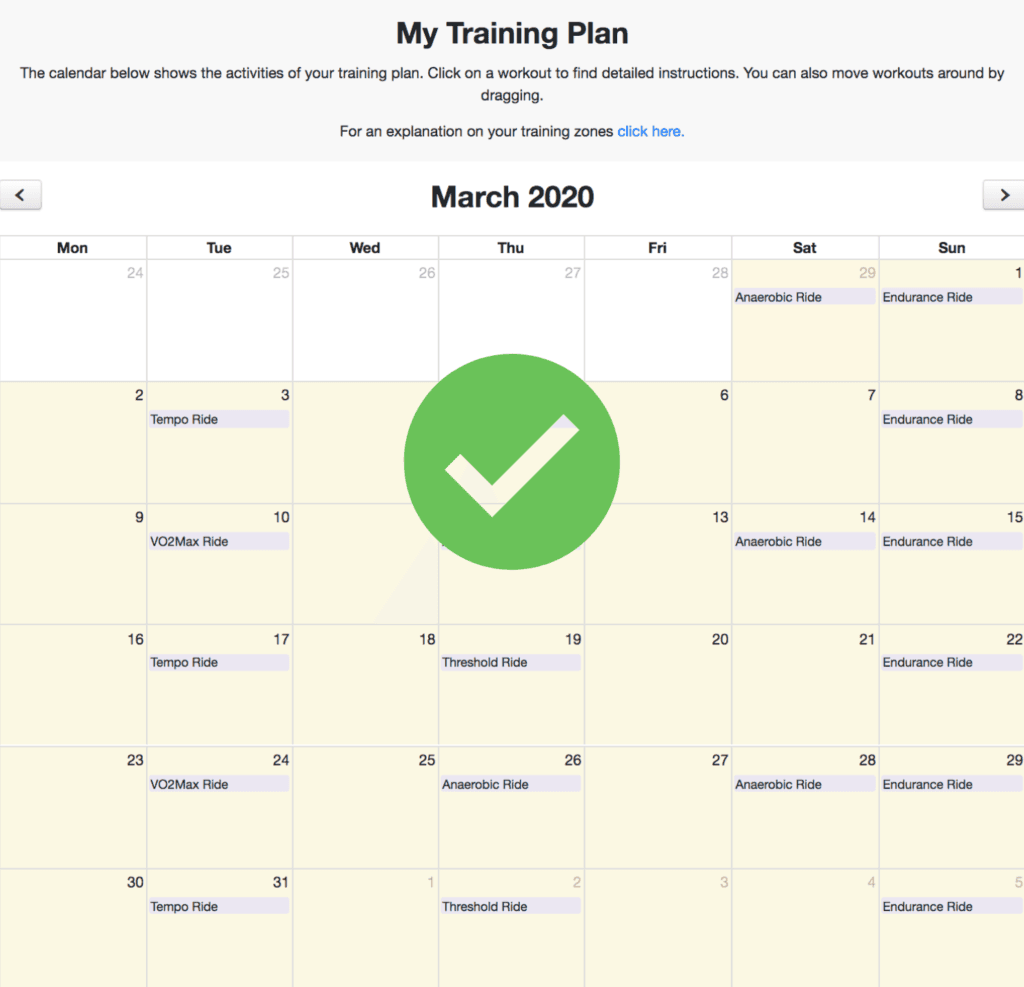
To recap, AI Endurance predicts a 14% gain to my FTP from 256 Watts to 293 Watts in 8 weeks on 3.5 hours of training per week, see predicting my Paris to Ancaster race performance.
My plan is optimized for my individual training responses. Based on my past training data the AI prescribed which intervals and recovery periods are most beneficial and give me the biggest bang for my buck, see how to use AI Endurance’s training plan.
This purely data-driven approach has me doing one easy intensity Endurance ride per week and 2-3 interval workouts of one hour each. The interval workouts include Anaerobic/Sprint workout to develop strength on a weekly basis as well as VO2Max, Threshold and Tempo about biweekly each.
For a different athlete the emphasis might be more towards a different training zone. This is exactly the strength of AI Endurance: It does not have a bias which kind of training should work best for you but instead has the flexibility to select the training composition that will benefit you the most - a decision made purely based on your data.
I’ve also been going on an easy run once or twice a week to keep the running mojo going, however without any structure or performance goals. Just keep the body used to it for when the triathlon training begins again.
I performed a 20 minute FTP test instead of my scheduled 2x10 minute Threshold workout + 1 hour Endurance ride a few days ago. The tests puts me at 272 Watts FTP right now.
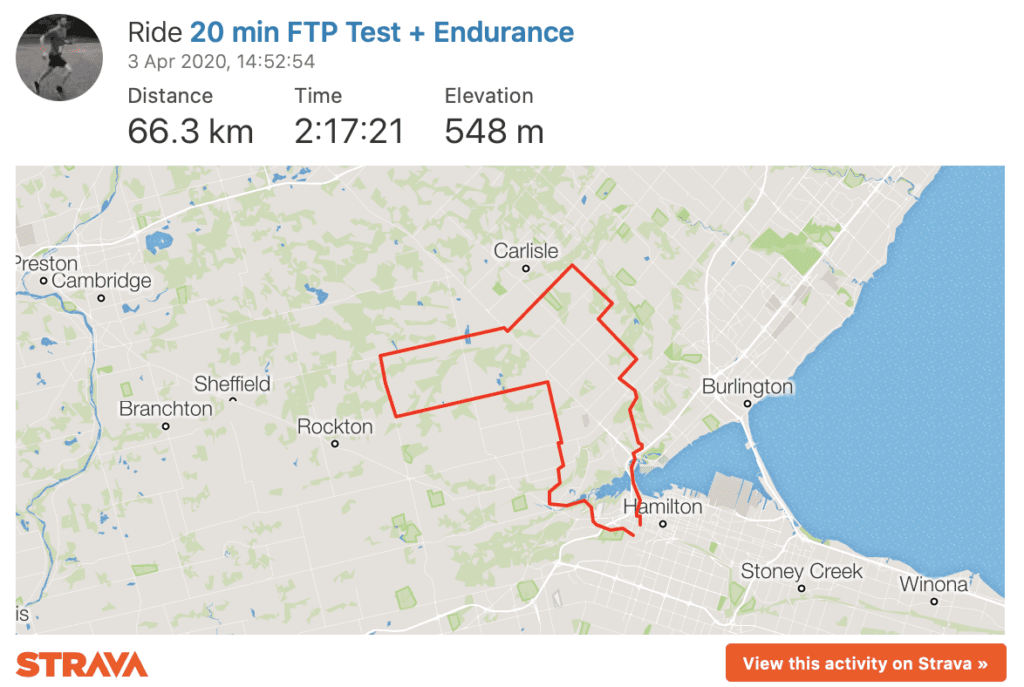
That’s a 6% increase and in line with what AI Endurance is predicting for me to reach at the end of my training plan.
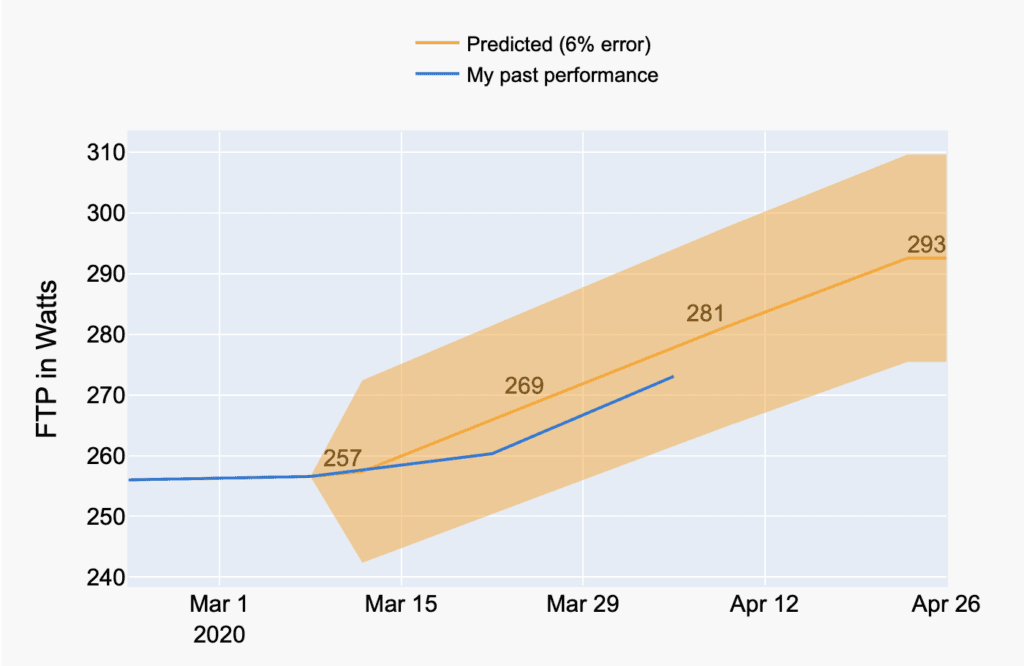
I’ll test again on April 26th (the day that P2A would have been). We’ll see how close I can get to the 293 Watts predicted by AI Endurance.
Here’s what I have left on my training plan:
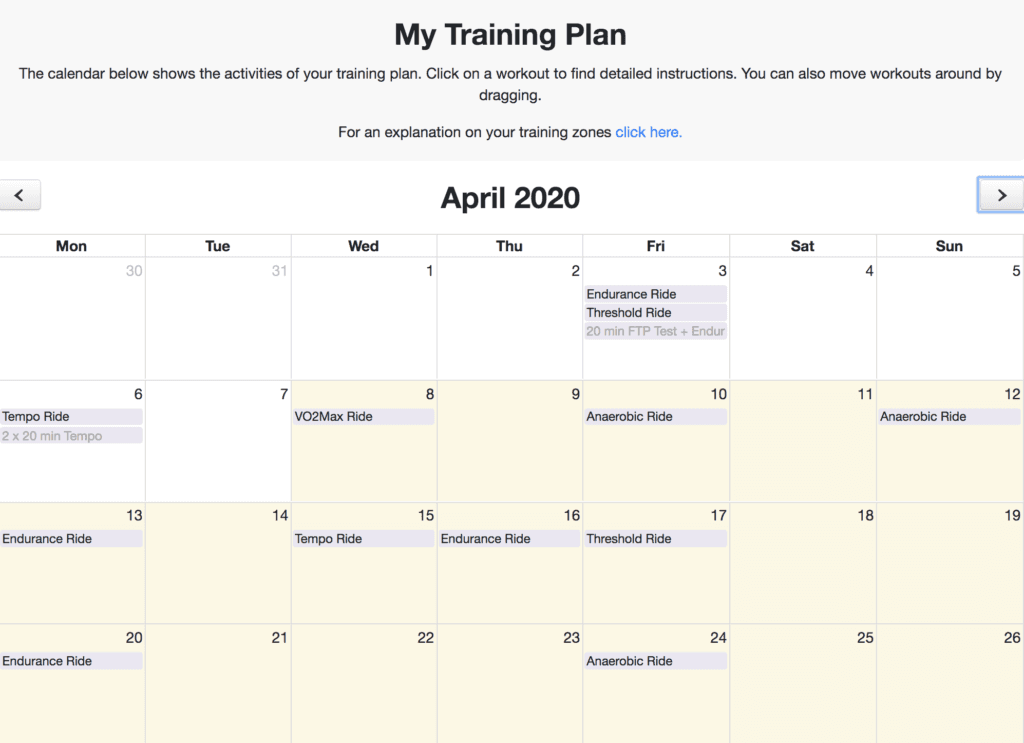
I can already feel I’m getting stronger and with the current training only showing its effect in a few weeks. With a boost in freshness from the taper period I’m confident I can get there.
If you want to see how much you can improve don’t miss out on AI Endurance’s individualized data driven approach. Get your own personalized training plan today!

We compare polarized training, threshold training and AI optimized endurance training. AI optimized training yields the best results, followed by polarized training with threshold training in third. The results are inline with current exercise physiology research. If the training composition is not optimized to the individual athlete, substantially smaller gains are to be expected.

Apple Watch has been a popular choice in running and triathlon. You can now track and execute your AI Endurance custom running, cycling and swimming workouts on your Apple Watch.
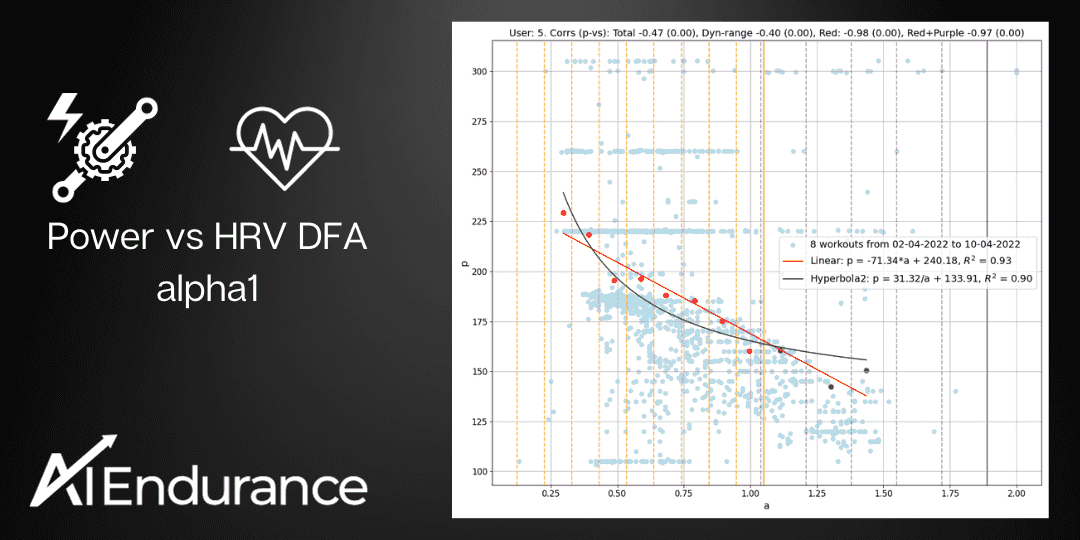
by Stefano Andriolo. We demonstrate a universal relationship between cycling power and DFA alpha 1 from every day workout data that allows accessible and regular tracking of aerobic and anaerobic thresholds without the need of an exercise lab or even a dedicated testing protocol.

Stay on top of your goals and support our local businesses at the same time. A virtual running challenge that comes as close to a race as possible now that social distancing is crucial in slowing down the spread of COVID-19.